
Author: Kimberly Stephens
Marketing Coordinator, LanguageWire
LinkedIn

Author: Kimberly Stephens
Marketing Coordinator, LanguageWire
LinkedIn

Social media trends.
Soon we’ll be entering a new year, so let’s take a look back at the state of social media in 2018 and which trends to keep an eye out for in 2019.
Before diving into the specifics of social media, it’s important to understand the state of the global digital space. According to Hootsuite’s quarterly report, the world’s total population has now reached 7.6 billion people. Reportedly, 54% of the world’s population can be classified as active Internet users and 44% as active social media users. Since 2017 the amount of active social media users has grown 11%, which is equivalent to 328 million users, indicating that the growth of social media via mobile has yet to peak and will continue.
It’s been a tough year for Facebook. The company has been in the middle of a media crisis, which for one, has resulted in increased distrust. People no longer believe that Facebook handles their data with privacy or filters “fake news” out of their feed. The platform has become a place where people spread hate or rumours, and where people sometimes place their opinions higher than their humanity. This tendency now even effects our political reality, which probably is far from what Mark Zuckerberg and co. meant with wanting to be the way humanity connects.
This distrust in Facebook manifested itself when Facebook founder and CEO Mark Zuckerberg was called in for an official hearing by the U.S. Congress, clearly illustrating the need and demand for more transparency when it comes to people’s data and corporate agendas.
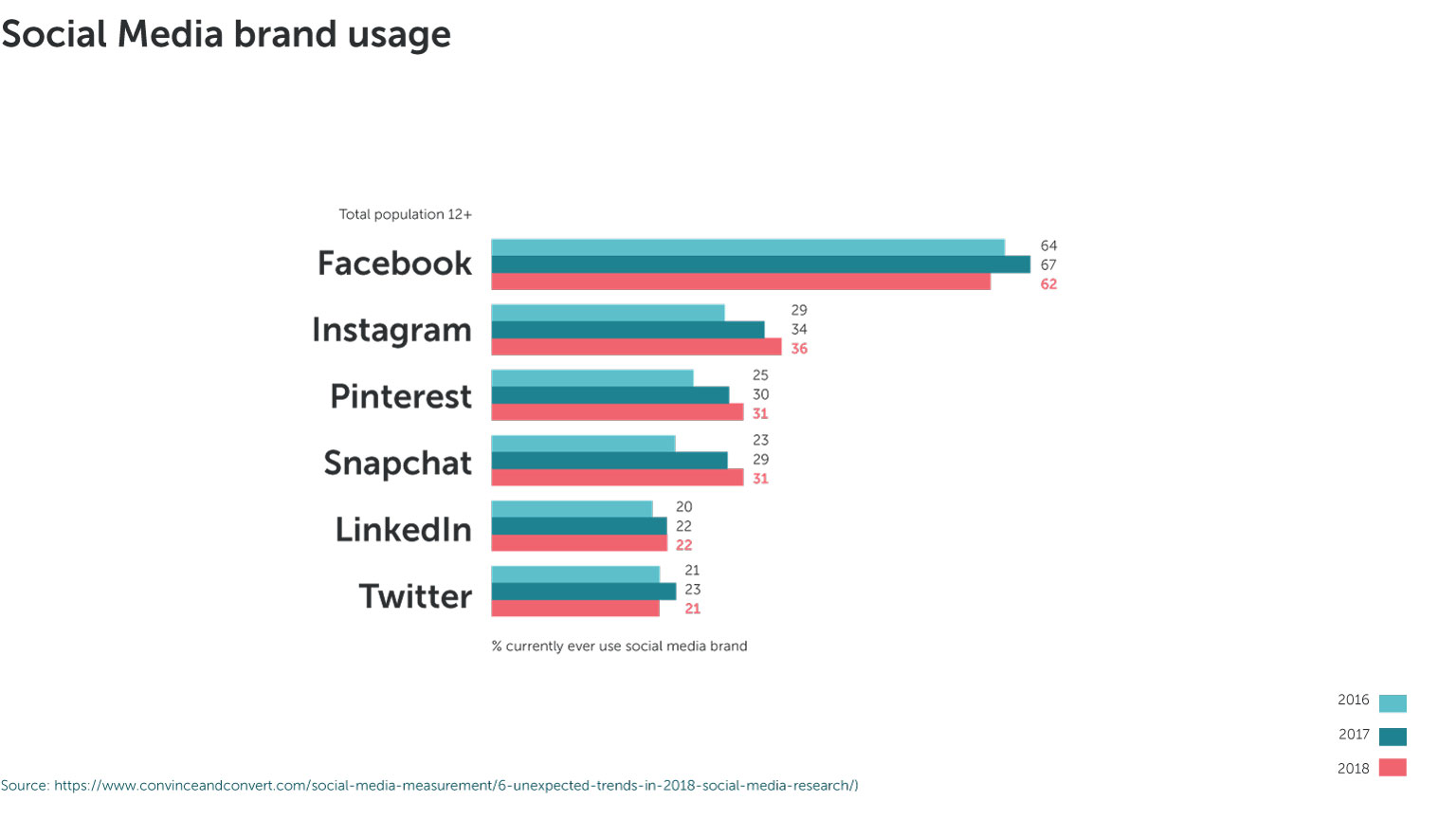
This distrust has also brought along a general disinterest in Facebook.
In the U.S., the amount of people over 12 years of age has dropped from 67% to 62% in just one year, setting the company’s user growth back two years. In comparison, Denmark Facebook only dropped 2%. One can argue that Facebook as a platform is a part of a larger ecosystem with Instagram and Messenger and it’s the way people use the platforms that has shifted. Instagram continues to grow massively and Messenger has become an integrated part of people’s communication. If you look at the ecosystem, they’ve potentially simply shifted users from one platform to another.
Facebook has always been an all-in-one solution, but maybe the disinterest in the platform is based on the overload of options and information. Users’ behaviour on social media has become more focused and they want a tailored experience.
If this development continues, it is also very plausible that the “too big, too noisy and simply too everything Facebook” will continue to drop in daily usage over the next few years. Fewer users will force Facebook to rethink their purpose, take more steps to become personal by placing friends and family even higher, set regulations and enforce transparency, and filter out the noise - or simply embrace their new normal.
Storytelling as a concept has for some time been a crucial element in digital marketing and social media campaigns. Today’s social media platforms are perfect for focusing on shaping a story around one’s product or brand because it’s all about the story, right? When it comes to visual storytelling, there are no more prominent and better platforms than Instagram and Snapchat.
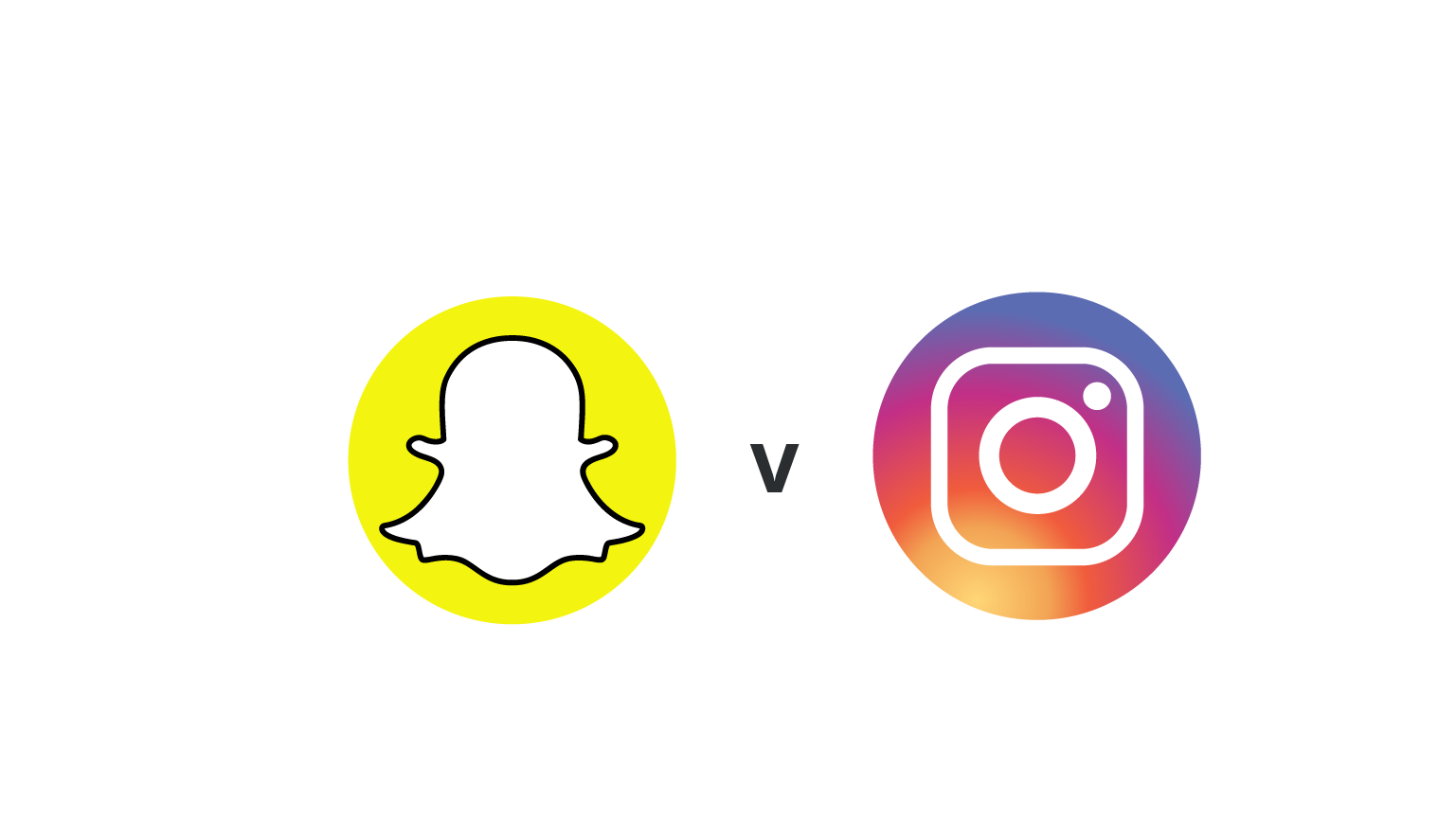
Since the launch of Snapchat in 2011, it’s been possible for the user to send multimedia messages to another user all over the world and the number of registered users exploded in the following years. Snapchat managed to create small authentic visual windows into people’s lives, and users were crazy about it. However, it isn’t easy to stay on top of the social media throne, and within the last years, Instagram has been working hard at knocking down Snapchat. Unfortunately for Snapchat, Instagram’s evil masterplan somewhat succeeded.
After Instagram duplicated Snapchat’s Story function – yes, Instagram even admits to implementing a direct duplicate onto their platform – they have knocked Snapchat off the throne and entered a constant battle for users’ time and content.
According to research, Snapchat has approximately 186 million daily users and Instagram has skyrocketed and now has over 500 million daily users and a total of 1 billion registered users worldwide. Instagram keeps introducing new features, like adding music to your stories and interactive elements such as the “ask me anything?” option. Nothing indicates that the growth will decline or stop.
When taking a look at the 20 most-followed Instagram accounts, only three out of 20 are brands (Instagram, National Geographic and Nike) and the rest are celebrities. Even though this illustrates that’s it’s not easy for brands to land in the top ten, it also illustrates an open door. Following some of the learnings from these brands might provide some new opportunities.
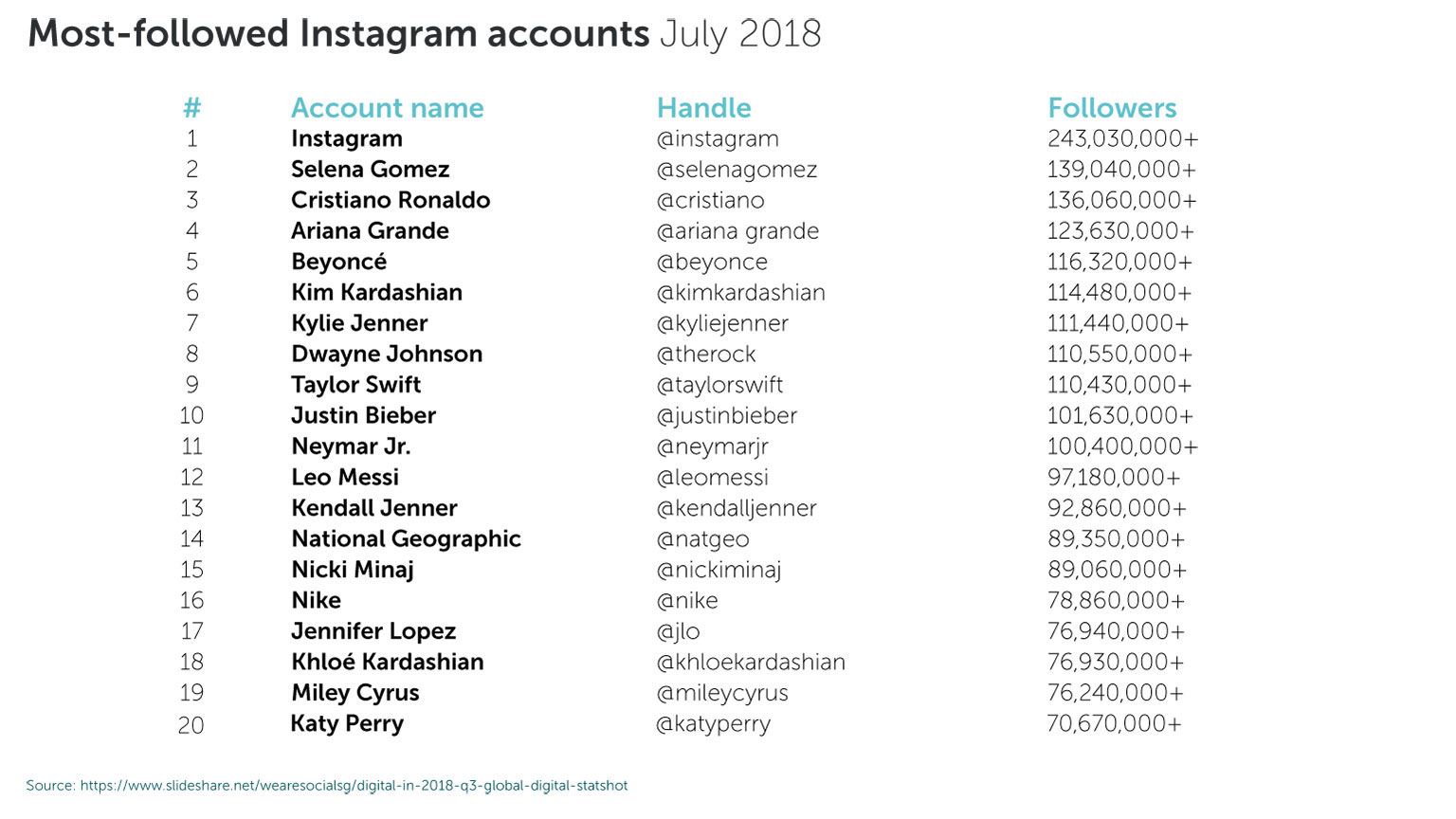
When asked, 30% of brands have plans to incorporate Stories into their branding strategy in 2018 compared to 8% in 2017.
When talking about multimedia social media platforms, especially Instagram, we can’t get around Influencer Marketing.
At its most basic, Influencer Marketing is like a hybrid of old and new marketing tools, taking the idea of the celebrity/blogger endorsement and placing it into a modern-day, content-driven marketing campaign on social media platforms.
This marketing method has become extremely popular due to what we previously pointed out – that users follow celebrities more than brands on social media. So, when people see Cristiano Ronaldo and Neymar posting pictures about how much they love Nike football boots, their followers will be more prone to choose Nike over Adidas next time they need new football boots. Everyone wants to be just like their idols.
However, these influencer campaigns aren’t cheap. Research reveals that UK marketers are willing to pay top influencers more than 75,000 pounds for a simple mention of their brand via social media channels. And 39% of marketers state that they’ve included this in their current marketing strategy. To use the previous example, it costs Nike an estimated $750,000 per sponsored post with Cristiano Ronaldo. Influencer Marketing is big bucks.
Messenger applications, which allow users to send direct messages to people within their network with no need for a phone number, are three out of the five most popular social platforms with a total of 4 billion users worldwide. Facebook Messenger alone has 1.3 billion monthly users, making it a crucial part of the Facebook ecosystem.
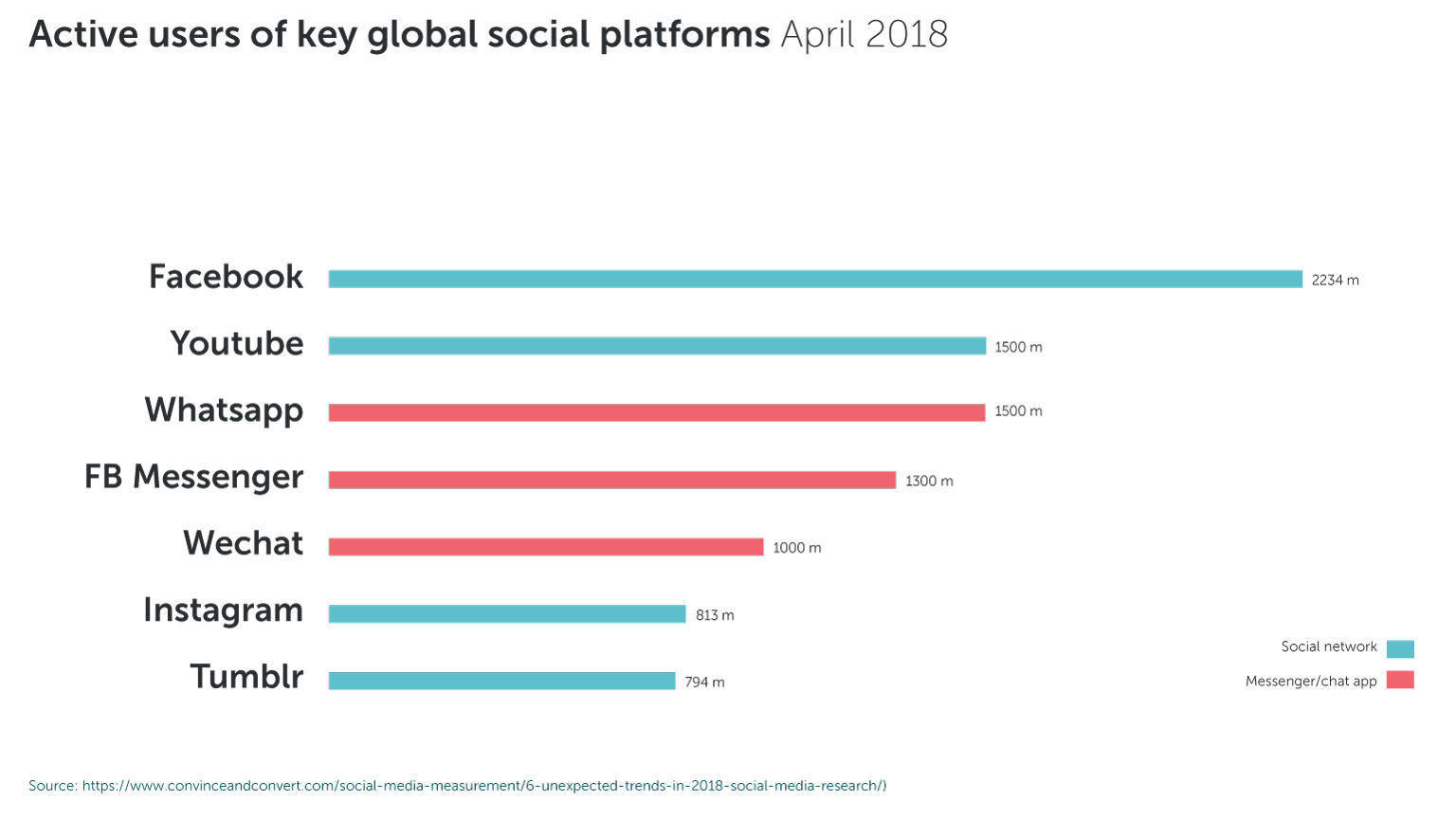
The total amount of users of the top four messaging apps has even surpassed the top four social media platforms. Messaging apps continue to grow at an impressive rate.
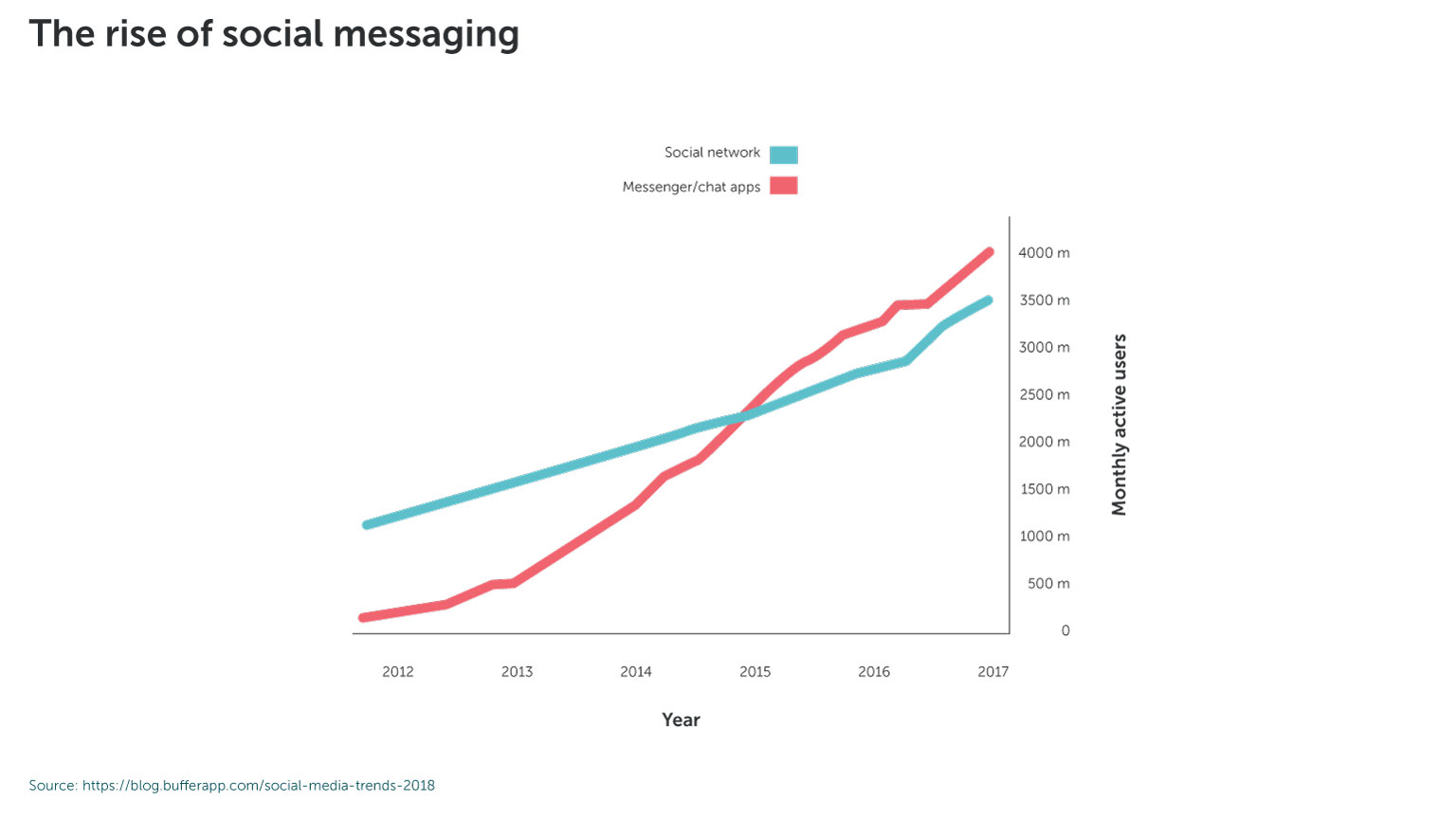
In 2018, many brands have embraced these messenger applications, incorporating chatbots in their customer service strategy. Research shows that 56% of users prefer to receive a message from a company instead of calling them and over 50% state that they tend to buy products from businesses they can easily contact. These numbers clearly illustrate a demand for easy access to brands via social media platforms.
These four letters can send shivers down many marketeer’s spines and represent an ongoing hurdle for companies. The General Data Protection Regulation (GDPR) is an EU law regarding the protection and privacy of all individuals. This new law means brands need to rethink the way they store private customer data as well as how they use customer data to target new products and services.
While social media hasn’t been majorly affected, the changes GDPR brings are fundamental concerns for marketing campaigns and targeting.
A consequence of GPDR and Facebook’s crisis is that transparency is in high demand from Internet users. Many companies and brands are now starting to incorporate transparency in their business. This means embracing potential mistakes, problems or faults and entering a dialogue with customers. For many marketers, this approach is both risky and uncomfortable.
But, opening for two-way communication can have a substantial payoff in the end. A great example of this is Buffer, a social media management solution. Their mantra "default to transparency" opens the company up both internally and externally by sharing information about salaries, pricing and values on their website.
How transparent is your brand?
Instagram has already opened the door for a new shopping experience.
They’ve made it possible for brands to advertise and sell products via shoppable posts, which are available for newsfeed images and stories. These posts have a tiny shopping bag in the upper right corner, and by pressing the “shop now” button, the user is taken directly to the brand's online store.
In 2019, the demand for an instant buying function is predicted to rise, creating new e-commerce platforms and opportunities.
Something that has been on the rise for years is live streaming. According to research, almost a third of Internet users (approximately 28%) have watched a live stream in 2018. Especially brands aiming at the Asian market should consider incorporating live streaming into their marketing strategy, due to the high engagements in the region.
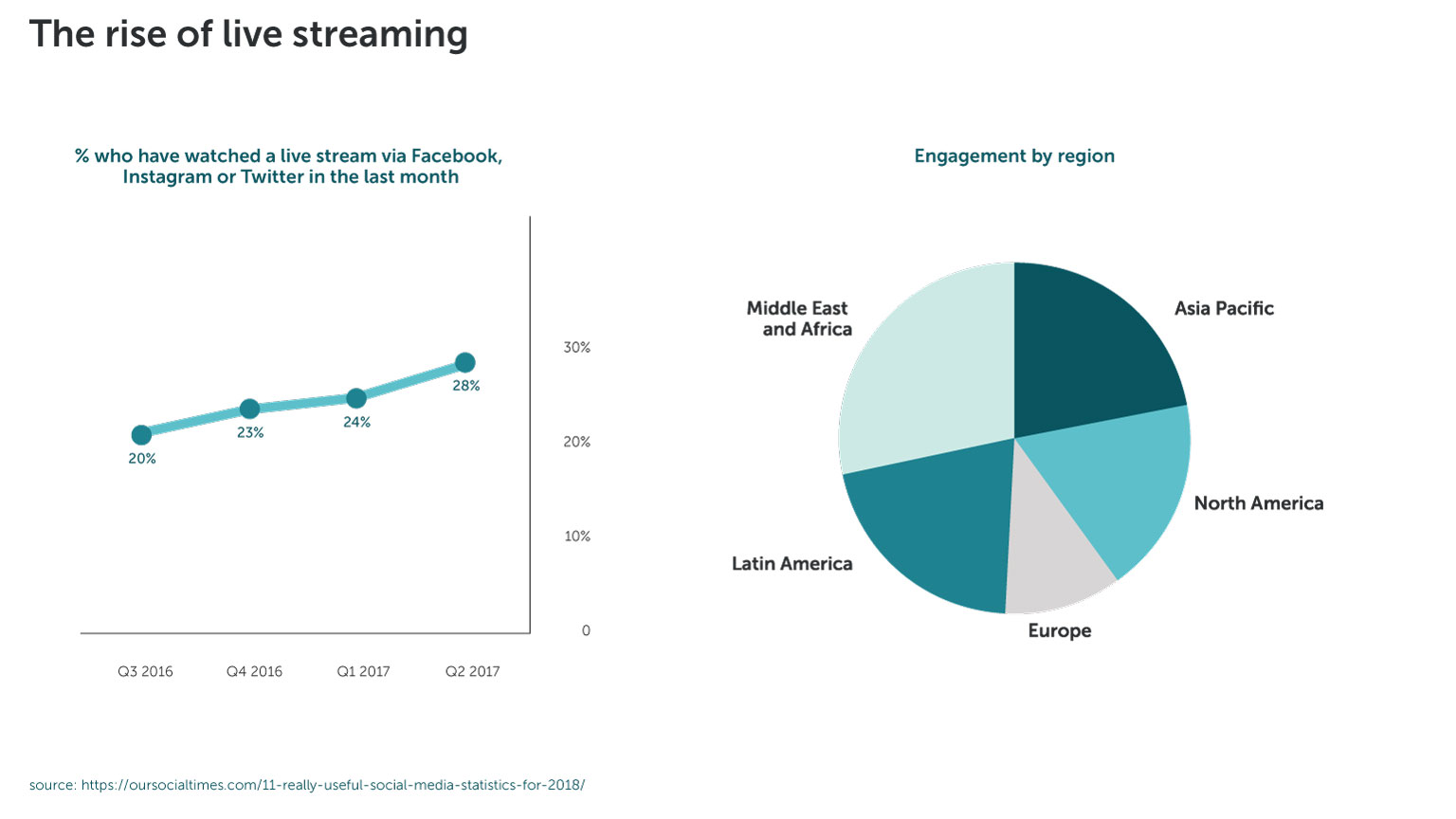
According to Facebook Live, live videos receive six times higher engagement and reach than non-live, pre-produced videos. This explains why 61% of marketers plan to increase their usage of live video content, and 69% of marketers are researching the opportunities. In 2017, live videos increased by 14% and show no sign of slowing down.
Amazon is exploring how to use augmented reality (AR) to help consumers try on virtual clothes and explore products in a new way. Snapchat Geofilters and Lens functions have been adapted into many marketing location-specific campaigns, and Generation Z has high demands about what technology can do. AR and virtual reality are predicted to be a game-changer over the next few years, and therefore brands must be ready to dive into new opportunities and technologies.
Re-thinking social media strategies became necessary when organic social media reach started decreasing rapidly. Businesses had to look around for other sources of material and ways to fight the social media algorithms.
User-generated content has become the answer, especially on Instagram. Often user-generated content features an influencer, which is classified as someone with pull and popularity on YouTube and other social media platforms. 45% of users are exposed to user-generated content at least once a day and user-generated content that features brands have proven to have seven times higher engagement and are seven times more trusted than regular ads. For sure, user-generated content has become a popular new marketing method.
This is both true in usage activity but also in development and its technologies. It’s completely understandable that social media can seem overwhelming and overly demanding for brands to stay ahead of the curve. However, sometimes it’s simply about knowing your customers and being willing to push the boundaries a little.
Related content
How can we help you?
Your journey to a powerful, seamless language management experience starts here! Tell us about your needs and we will tailor the perfect solution to your enterprise.